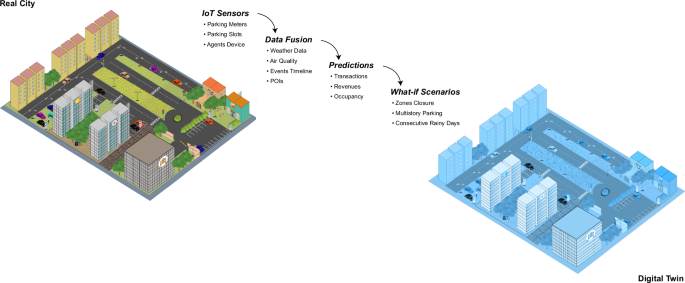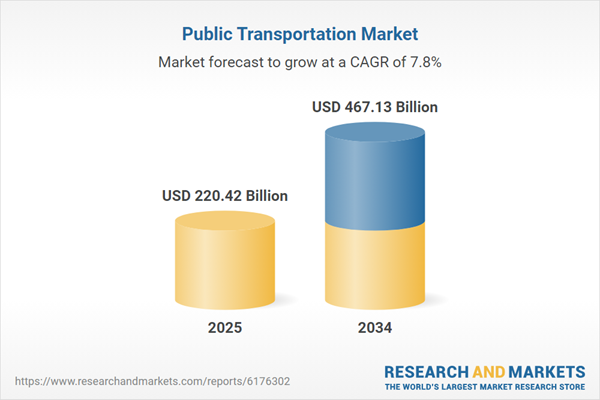Report on Proposed Free Public Transport Initiative in the ACT and its Alignment with Sustainable Development Goals (SDGs)
Introduction
A motion was debated in the ACT Legislative Assembly proposing the implementation of free, 24/7 public transport for students, seniors, and all concession-card holders. This report analyzes the proposal, supported by Advocacy for Inclusion (AFI) and the ACT Council of Social Service (ACTCOSS), through the lens of the United Nations Sustainable Development Goals (SDGs).
Advancing SDG 10: Reduced Inequalities
The core objective of the proposal is to enhance equity and reduce inequalities within the Australian Capital Territory. By targeting priority groups, the initiative directly addresses disparities in access to essential services and community participation.
- The measure is designed to remove financial barriers for people with disabilities, individuals on low incomes, and older persons, who are disproportionately affected by transport costs.
- It aims to combat social isolation, particularly for vulnerable individuals and those residing in outer suburbs who lack affordable transport options.
- By expanding on existing concessions, the policy seeks to create a more inclusive public transport system for all residents.
Supporting Social and Economic Inclusion (SDG 1, SDG 4, SDG 8)
The provision of free transport is identified as a critical enabler of social and economic participation, contributing to several key SDGs.
- Poverty Alleviation (SDG 1): The initiative would alleviate significant financial pressure on low-income households. A model budget from an AFI White Paper indicates that people with disabilities on income support face a fortnightly shortfall of approximately $824 after essential expenses, a gap that free transport could help mitigate.
- Quality Education (SDG 4): Free transport for students removes a potential barrier to accessing education, ensuring consistent attendance and participation.
- Decent Work and Economic Growth (SDG 8): The policy would be liberating for individuals seeking employment, particularly those receiving the Disability Support Pension, by enabling reliable and affordable travel to work, interviews, and training.
- Good Health and Well-being (SDG 3): Affordable transport is crucial for accessing healthcare and community services, contributing to the overall well-being of the population.
Promoting Sustainable Cities and Climate Action (SDG 11, SDG 13)
The proposal presents significant environmental and urban planning benefits, aligning with goals for sustainable cities and climate action.
- Sustainable Transport Systems (SDG 11): By incentivizing a modal shift from private vehicles to public transit, the initiative supports the development of a more sustainable and efficient urban transport network.
- Climate Action (SDG 13): An increase in public transport usage is expected to lead to a direct reduction in road congestion and associated greenhouse gas emissions.
- Infrastructure and Service Improvement: Growth in public transport patronage could justify and drive improvements in service frequency and accessibility, further strengthening the sustainability of the city’s transport infrastructure.
Recommendations and Policy Considerations
Stakeholder organisations have outlined a path forward for the implementation of this policy.
- AFI and ACTCOSS have consistently called for the ACT Government to develop a comprehensive business case to formally assess the costs and benefits of making public transport free for targeted groups.
- The proposed change is seen as a logical extension of existing government initiatives, including “Fare-Free Fridays” and various concessions for seniors.
- Advocacy also extends to complementary measures, including sustainable funding for community transport and a focus on the quality and accessibility of point-to-point services like taxis and rideshare to create a holistic, inclusive transport ecosystem.
Analysis of the Article in Relation to Sustainable Development Goals
1. Which SDGs are addressed or connected to the issues highlighted in the article?
The article on advocating for free public transport in the ACT connects to several Sustainable Development Goals (SDGs) by addressing issues of social equity, economic participation, urban sustainability, and environmental impact. The primary SDGs identified are:
- SDG 1: No Poverty – By proposing free transport for low-income individuals and concession-card holders, the initiative aims to alleviate financial burdens, which is a core aspect of poverty reduction.
- SDG 10: Reduced Inequalities – The motion specifically targets vulnerable groups, including people with disabilities, seniors, students, and those on low incomes, to ensure they have equal access to opportunities and services, thereby reducing social and economic inequality.
- SDG 11: Sustainable Cities and Communities – The core of the article revolves around improving public transport to make it more accessible, affordable, and sustainable. This directly contributes to creating inclusive and resilient urban environments.
- SDG 13: Climate Action – A key benefit highlighted is the potential for “reduced congestion and emissions” due to “fewer cars on the road,” which aligns with efforts to combat climate change by promoting sustainable transport.
2. What specific targets under those SDGs can be identified based on the article’s content?
Based on the specific issues discussed, the following SDG targets are directly relevant:
- Target 10.2: By 2030, empower and promote the social, economic and political inclusion of all, irrespective of age, sex, disability, race, ethnicity, origin, religion or economic or other status.
- Explanation: The article explicitly advocates for free transport to enable “social and economic participation for all Canberrans, particularly people with disability and those on low incomes.” It aims to remove cost as a barrier for seniors and students, directly promoting the inclusion of these specific groups.
- Target 11.2: By 2030, provide access to safe, affordable, accessible and sustainable transport systems for all, improving road safety, notably by expanding public transport, with special attention to the needs of those in vulnerable situations, women, children, persons with disabilities and older persons.
- Explanation: This target is the most central to the article’s proposal. The motion to make public transport free for “students, seniors, and all concession-card holders” is a direct strategy to provide affordable and accessible transport, with a clear focus on the needs of vulnerable groups mentioned in the target. The article notes that these groups are “more vulnerable to isolation if they cannot afford or access transport.”
- Target 1.4: By 2030, ensure that all men and women, in particular the poor and the vulnerable, have equal rights to economic resources, as well as access to basic services…
- Explanation: The article frames affordable transport as a basic service necessary to “get to work, education, healthcare and community services.” By removing the cost barrier, the initiative helps ensure that low-income individuals and people with disabilities, who face a budget “shortfall of around $824 per fortnight,” can access essential services and economic opportunities.
3. Are there any indicators mentioned or implied in the article that can be used to measure progress towards the identified targets?
Yes, the article mentions or implies several indicators that could be used to measure progress:
- Indicator for Target 11.2 (Proportion of population with access to affordable transport): The most direct indicator is the number or proportion of people in specific vulnerable groups (students, seniors, people with disabilities, low-income individuals) who can access public transport at zero cost. The article’s proposal to make transport “free 24/7” for these groups provides a clear, measurable outcome.
- Indicator for Increased Usage and Modal Shift: The article suggests that free transport would “increase the use of public transport” and lead to “fewer cars on the road.” Progress could be measured by tracking public transport patronage numbers among the targeted groups and the general population, as well as monitoring overall vehicle traffic and road congestion levels.
- Indicator for Environmental Impact: The mention of “reduced… emissions” implies that a key success metric would be the measurement of greenhouse gas emissions from the transport sector in the ACT. A decrease in emissions could be attributed to the shift from private cars to public transport.
- Indicator for Social and Economic Participation: The article states that reliable transport helps people get to “work, education, healthcare.” An implied indicator would be tracking employment rates, educational enrollment, and healthcare appointment attendance among people with disabilities and low-income groups after the implementation of free transport. The article’s reference to the “White Paper on Income Support” suggests that an improvement in the financial well-being of these groups would also be a key indicator.
4. Table of SDGs, Targets, and Indicators
| SDGs | Targets | Indicators |
|---|---|---|
| SDG 10: Reduced Inequalities | 10.2: Promote the social, economic, and political inclusion of all, irrespective of age, disability, or economic status. |
|
| SDG 11: Sustainable Cities and Communities | 11.2: Provide access to safe, affordable, accessible, and sustainable transport systems for all, with special attention to the needs of those in vulnerable situations. |
|
| SDG 1: No Poverty | 1.4: Ensure that the poor and the vulnerable have equal rights to economic resources and access to basic services. |
|
| SDG 13: Climate Action | Integrate climate change measures into policies and planning (Implied from the goal). |
|
Source: advocacyforinclusion.org







